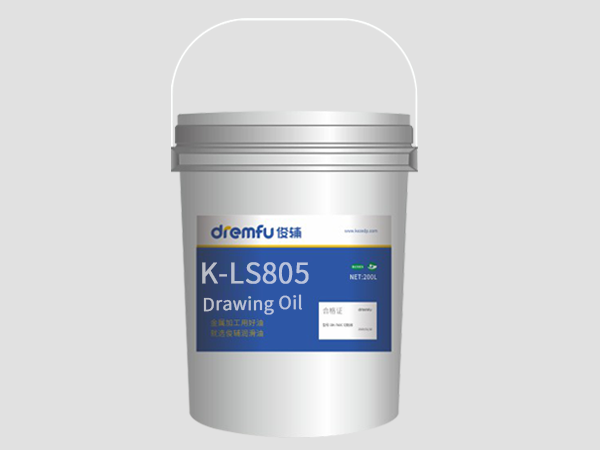2025-11-03 09:02:02
When choosing the right Stainless Steel Drawing Oil for metal forming,one key consideration is whether to use a chlorinated or non-chlorinated formula.Both types serve the same basic purpose—to reduce friction,prevent tool wear,and ensure a smooth surface finish during the drawing process—but their differences in composition and environmental impact can significantly influence performance and long-term costs.
Chlorinated Drawing Oils contain chlorine-based additives that provide excellent extreme pressure lubrication.These additives form a protective film that prevents metal-to-metal contact under severe drawing conditions,making them especially suitable for deep drawing or heavy forming of stainless steel parts.The enhanced lubricity helps extend tool life and produce cleaner,brighter surfaces,which is why chlorinated oils have long been favored in demanding metalworking applications.

However,non-chlorinated Stainless Steel Drawing Oils have become increasingly popular due to advancements in additive technology.Instead of chlorine,they use synthetic esters,sulfurized,or phosphorus-based compounds to achieve comparable lubricating effects.These formulations are designed to provide strong anti-wear protection while minimizing residue and improving washability.They are particularly effective in medium to light drawing operations where high-speed production and easy cleaning are priorities.
Another important difference lies in their environmental and safety profiles.Chlorinated oils can generate harmful by-products such as hydrochloric acid or dioxins when exposed to high temperatures.This not only raises disposal costs but also creates potential health and environmental risks.Non-chlorinated alternatives eliminate these issues,offering a safer and more sustainable option that complies with international environmental standards.Many manufacturers are now shifting toward non-chlorinated formulas to align with green production requirements and workplace safety regulations.
From a cost perspective,chlorinated oils may offer better performance in extreme conditions,but they often require more complex handling and disposal procedures.Non-chlorinated oils,while slightly less aggressive under very high pressure,are easier to manage,reduce cleaning time,and lower maintenance costs in the long term.Choosing between the two ultimately depends on the specific application,drawing depth,material type,and environmental policies of the production facility.
In conclusion,the main differences between chlorinated and non-chlorinated Drawing Oils are found in their chemical makeup,lubrication strength,and environmental impact.For most modern manufacturers,non-chlorinated Stainless Steel Drawing Oil provides a balanced solution—offering reliable lubrication performance while supporting cleaner,safer,and more sustainable production processes.Carefully evaluating your forming conditions and performance requirements will help you make the right choice for consistent quality and efficiency.